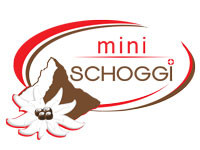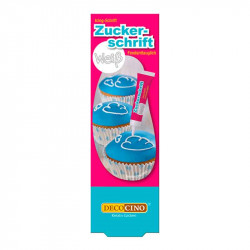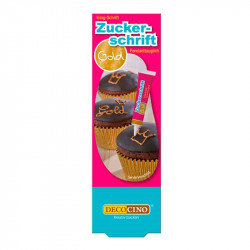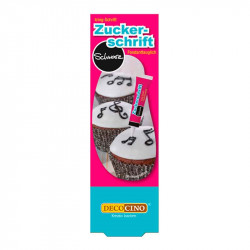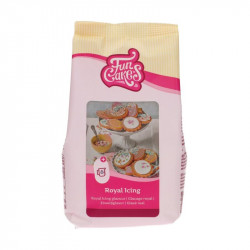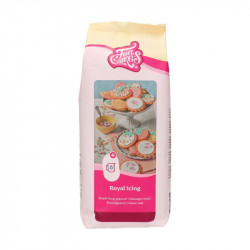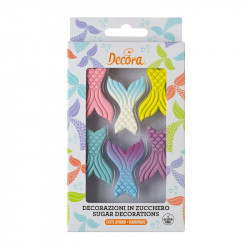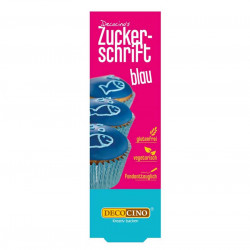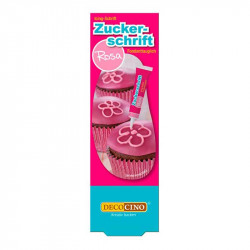-
MenuBack
-
Online Store
-
-
-
-
-
Leer
- Couverture
- Temperature control units
- Aids for chocolate
- Chocolate molds
- Praline fillings
- Chocolate ingredients
- Praline hollow body
- Chocolate colors
- Chocolate tattoos
- Chocolate packaging
- Bean to Bar
- Material for cutting chocolates
- Batons with Kirsch
- Airbrush for chocolate
- High Heels Accessories
- Textured films for chocolate
- Chocolate fountain & fondue
-
-
-
-
-
Kuchen & Torten
- Cakes Fillings & Ingredients
- Fondant & Marzipan
- Cakes tools
- Cake rings
- Silicone molds
- Baking pans for cakes
- Cake stand
- Cakes packaging
- Airbrush for cakes
- Sugar flowers accessories
- Cake Topper & Wedding Figurines
- Cakes dummies
-
-
-
-
-
-
-
-
-
-
-
-
-
-
-
-
-
-
-
-
-
-
-
Füllungen
- Baking chocolate
- Glucose & Sorbitol
- Cocoa beans
- Cocoa nibs
- Monin syrup
- Champagne & Alcohols
- Freeze dried fruits
- Cake & cake glaze
- Flours & baking ingredients
- Chocolate coating & chocolate
- Milk powder
- Granules
- Nuts & Nougat
- Fruit puree
- Creams & Fillings
- Egg yolk & egg white
- Fruit powder
- Special ingredients
- Fondant & Flower Paste
-
-
-
-
-
-
-
- Punching, cutting & embossing
- Mixing bowls & whisks
- Chocolate material
- Thermometer & Burner
- Gloves & Protective Material
- Smoothing & Modeling
- Roll out bar
- Dough scraper & horn
- (Flour) sieves
- Cake turntable
- Spatula & Spatula
- Silicone embossing molds
- Insert strips & cake slices
- Brushes & Tweezers
- Measuring cup
-
-
-
-
-
-
-
-
-
Ausstechformen
-
-
-
-
-
-
-
-
-
Courses
-
-
kurse
- Current courses
- Praline courses
- Chocolate courses
- Chocolate kiss course
- Macaron courses
- Cake courses
- Baking courses
- Patisserie courses
- Ice cream course
- Guetzli, Cookie & Confectionery Courses
- Bread courses
- Pasta courses
- Apéro course
- Cupcakes courses
- Éclair course
- Courses in Zurich - Adliswil
- Children's courses
-
-
- Team Events
- Hen Night
- Retail Store
-
About Us
-
-
-
DirectionsDownload relevant PDF now.
-
-
-
Recipes blog
-
-
Recipes Blog
-
-
-
Shipping and Payment
-
-
Versand/Zahlung/Impressum
-
-
- Online Shop
-
- Novelties
- Sale
- Chocolate and chocolates
- Couverture
- Temperature control units
- Aids for chocolate
- Chocolate molds
- Praline fillings
- Chocolate ingredients
- Praline hollow body
- Chocolate colors
- Chocolate tattoos
- Chocolate packaging
- Bean to Bar
- Material for cutting chocolates
- Batons with Kirsch
- Airbrush for chocolate
- High Heels Accessories
- Textured films for chocolate
- Chocolate fountain & fondue
- Couverture
- Gifts Cards
- Stencils & Stencils
- Cakes & Pies
- Ice cream
- Bread
- Macarons
- Hearty
- Recipe booklets & books
- Cupcakes
- Dessert
- Cake Pops
- Edible decorations
- Fillings & Ingredients
- Glucose & Sorbitol
- Cocoa beans
- Baking chocolate
- Cocoa nibs
- Monin syrup
- Champagne & Alcohols
- Freeze dried fruits
- Cake & cake glaze
- Milk powder
- Flours & baking ingredients
- Chocolate coating & chocolate
- Granules
- Nuts & Nougat
- Fruit puree
- Creams & Fillings
- Egg yolk & egg white
- Fruit powder
- Special ingredients
- Fondant & Flower Paste
- Food Colors
- Auxiliary means
- Spouts & piping bags
- Fondant, marzipan, flower paste
- Bakeware
- Aprons & Potholders
- Cookie cutters
- Season
- Candles
- Party accessories
- Tableware
Royal Icing
There are 8 products.
Active filters
Royal Icing
Royal icing is a sugar icing commonly used to decorate cakes, cookies and pastries. It consists of powdered sugar, egg white and lemon juice or water. The consistency of royal icing can be adjusted depending on its intended use - from thin for marking cookies to thick for piping on decorations. After application, royal icing hardens and forms a glossy and firm surface. It can be colored in a variety of colors and is ideal for creating detailed decorations such as flowers, lettering and embellishments on cakes and cookies.
Royal icing, unlike traditional frosting, is a nearly opaque type of icing that can be easily manipulated for decorative purposes. Artful lettering or multi-layered patterns are possible, but the liquid ratio is crucial to the intended use. The Ready to Bake team explains important tips and tricks.
Royal Icing - The right mixture
The sugar-egg white icing is known mainly for the decoration of cakes and pastries. However, depending on the intended use, it is important to note that the degree of fluidity must be adjusted. To decorate small areas or add details to your baked creation, a more viscous icing is recommended. While this is a bit more difficult to handle, it runs slowly and spreads evenly. Filigree checkerboard patterns or calligraphy is possible with the viscous icing.
With a higher water content, the sugar-egg white icing is excellent for frosting. If you color the glaze in different colors, you can create marble effects and rainbow patterns in just a few minutes.
The flooding technique
The "flooding technique" is especially well-known on social media and has greatly contributed to the fame of royal icing. This type of decoration is mainly used for sugar cookies and requires viscous as well as light-liquid icing. Using the viscous icing and a piping bag with a fine nozzle, outline the cookie surface to create a "border" for the more liquid icing. Use a slightly wider nozzle to carefully fill the more liquid icing into the delimited area until you reach the border of the more viscous icing.
You can use a toothpick to stir the icing to even out small bumps and gaps. The result is an almost perfectly smooth surface that can be decorated with more icing after drying.
In our online store you can find royal icing in a ready mix that only needs to be stirred with a little water. Also powder color for coloring the royal icing mixture is available online in many variations.
What is the difference between royal icing and egg white icing?
Royal icing and egg white icing are both sugar icings used for decorating cakes, cookies and pastries. The main difference between the two is in the ingredients and consistency.
Royal Icing is made from powdered sugar, egg white and lemon juice or water. It has a shiny and smooth consistency and hardens quickly after application. Royal Icing can be easily colored and allows you to create fine details and patterns. It is perfect for decorating gingerbread, sugar cookies or making icing flowers.
Egg white icing is made mainly from egg white and powdered sugar. This icing stays soft longer and is easy to spray. It is great for decorating cookies with a piping nozzle. Unlike royal icing, egg white piping icing does not dry as quickly and can be more delicate when transporting or stacking.
Overall, royal icing and egg white piping icing are both suitable for decorating cookies, but their consistency and properties make them more suitable for different applications.
The perfect recipe for royal icing
For the perfect recipe for royal icing, you will need the following ingredients:
- 3 egg whites
- 500 g powdered sugar
- 1 tsp lemon juice
- food coloring (optional)
This is how you prepare the royal icing:
1. Place the egg whites in a large bowl and beat with an electric hand mixer on high speed until soft peaks form.
2.Gradually add the powdered sugar and continue to beat until the mixture is smooth and glossy. The powdered sugar should be completely dissolved.
3. Add the lemon juice and mix until well combined. The lemon juice will give the royal icing a fresh taste and provide a better consistency.
4. If desired, you can now add food coloring and color the icing to your liking. Stir the color in gently until it is evenly distributed.
5. Pour the finished royal icing into a piping bag or spoon it onto your cookies, cupcakes or other baked goods. Then allow the icing to dry and harden.
Note: Royal icing hardens as it dries, making it particularly suitable for decorating cookies and pastries. The icing can also be used to glue pastries as it takes on a firm consistency.
